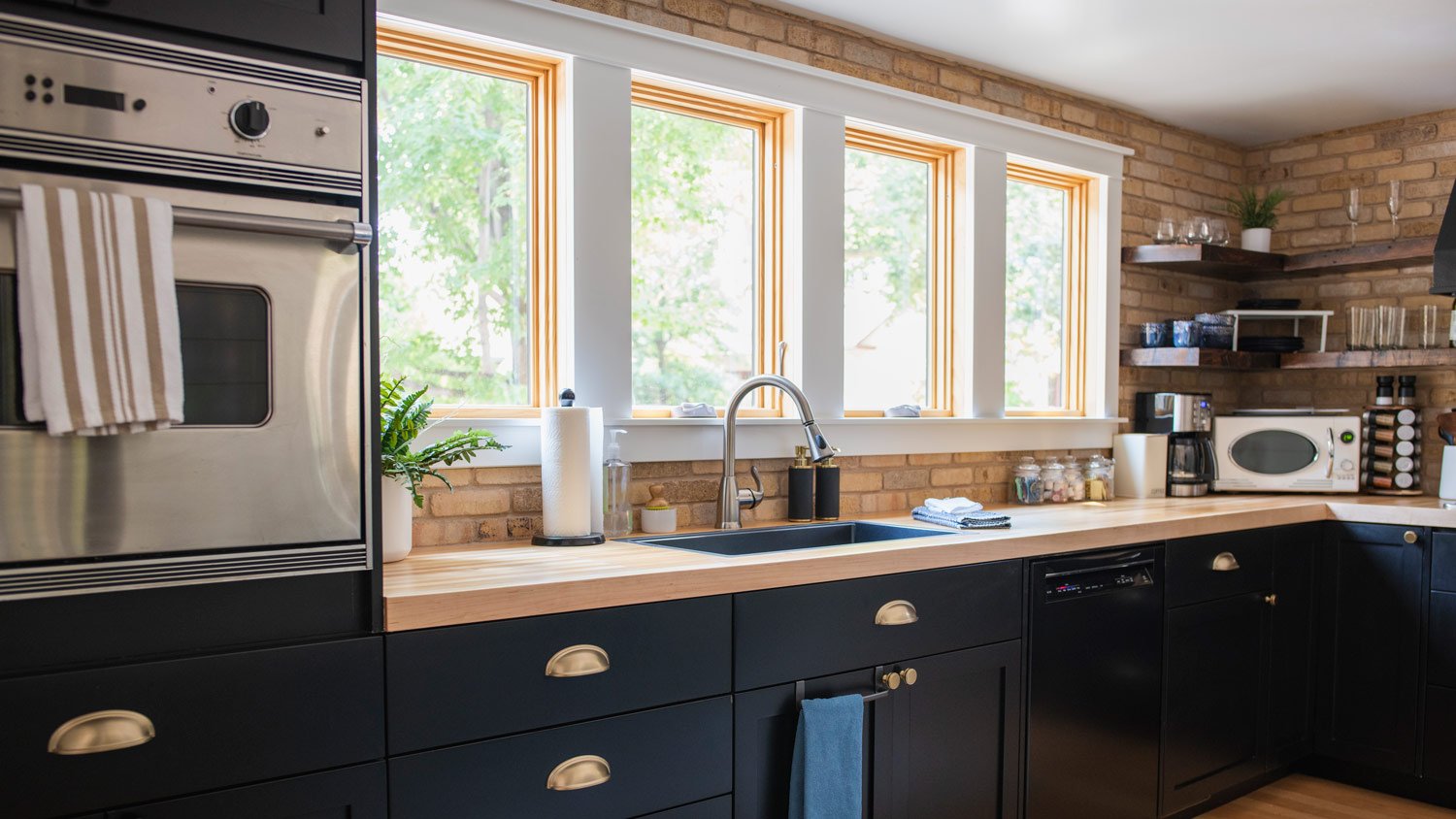
Window replacement enhances your home's appearance and helps to maintain a consistent indoor temperature. Discover the cost of window replacement in Columbus.
Earn your spring cleaning gold star with sparkly clean windowsills


Windows set the tone for your entire home and keeping them in tip-top shape requires more than occasionally wiping the glass with cleaner. Cleaning the windowsills—the structure that holds the glass panes in place—is the best way to ensure that no dust or debris ever obstructs your view of the outside world.
Though this chore can seem daunting, it will never take more than 30 minutes of your time with a few smart tricks and some cleaning supplies that you probably already have. Use this guide to find out how to clean a windowsill without breaking a sweat.
Odds are, you probably already have most of what you need to make your windowsills sparkle. Removing dust and even mold is easy to do with common household objects like an old toothbrush, a microfiber cloth, and a vacuum.
Before doing anything else, whip out your vacuum (use an attachment) and use it to suck up as much free-floating dirt and dust as possible from your windowsill. Take the opportunity to clean your window tracks of dead bugs and debris, too. Removing this type of debris is much easier to do when dry rather than wet, so save the spray for later on in the process.
After eliminating all dust, it’s time to move onto the nitty gritty of window cleaning. Follow these steps and this chore will be done in no time.
If you notice any mold at all, spray each spot with a small amount of all-purpose cleaner and let it soak until it becomes easier to remove.
Then, use an old toothbrush and a combination of dish soap and warm water to scrub it away. Avoid applying water directly to wooden windowsills as this can lead to water damage.
Work by dipping the brush in the mixture and gently shaking it to remove excess liquid.
Dry everything completely before moving onto the next step.

The final step in this process is also the easiest. Now that you’ve removed most of the dirt (and all of the mold), all you need to do is spray a microfiber cloth with a small amount of all-purpose cleaner and wipe away any stuck-on dirt that remains, just as you’d clean baseboards or wooden trim elsewhere in your home.
When you’ve completed this step, open your windows to let them air dry and enjoy how much brighter and cleaner your space will feel.
Windowsills become dirty after lots of use and time. If you live in a climate where you’re only able to open your windows for a few months of the year, you’ll need to do one to two yearly windowsill cleaning sessions at most.
On the other hand, you’ll need to clean windows that are used year-round every couple months. Keep an eye on any mold development and get rid of it as soon as you spot it, as it can pose health hazards to your home. And if you’d rather not do the work yourself, hire a window cleaner to do it for you.
The cost to hire a professional window cleaner can be anywhere from $2 to $7 per pane, and most homeowners pay an average of $260 for all of their windows.
While that’s considerably more expensive than the $10 to $15 you’ll need to do it yourself, the pros will be taking care of every part of your windows—not just the sills, but the tracks, panes, and even the outside, too.
From average costs to expert advice, get all the answers you need to get your job done.

Window replacement enhances your home's appearance and helps to maintain a consistent indoor temperature. Discover the cost of window replacement in Columbus.

Dealing with a damaged window frame? Learn how much window frame replacement costs and what factors have an impact on your total.

Window repair costs in Columbus, Ohio, depend on several pricing factors, including the type and size of the repair it needs and the window itself.

Deciding how to frame your view is important. Learn about how replacement vs new construction windows compare so you can choose the right fit for your home.

Know the different parts of double-hung windows, their purpose, and maintenance requirements to keep your windows functional and protected.

Find out how much it costs to add a window to your home, including the cost to cut and frame the opening, as well as installing the window itself.